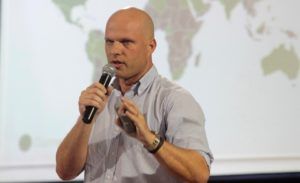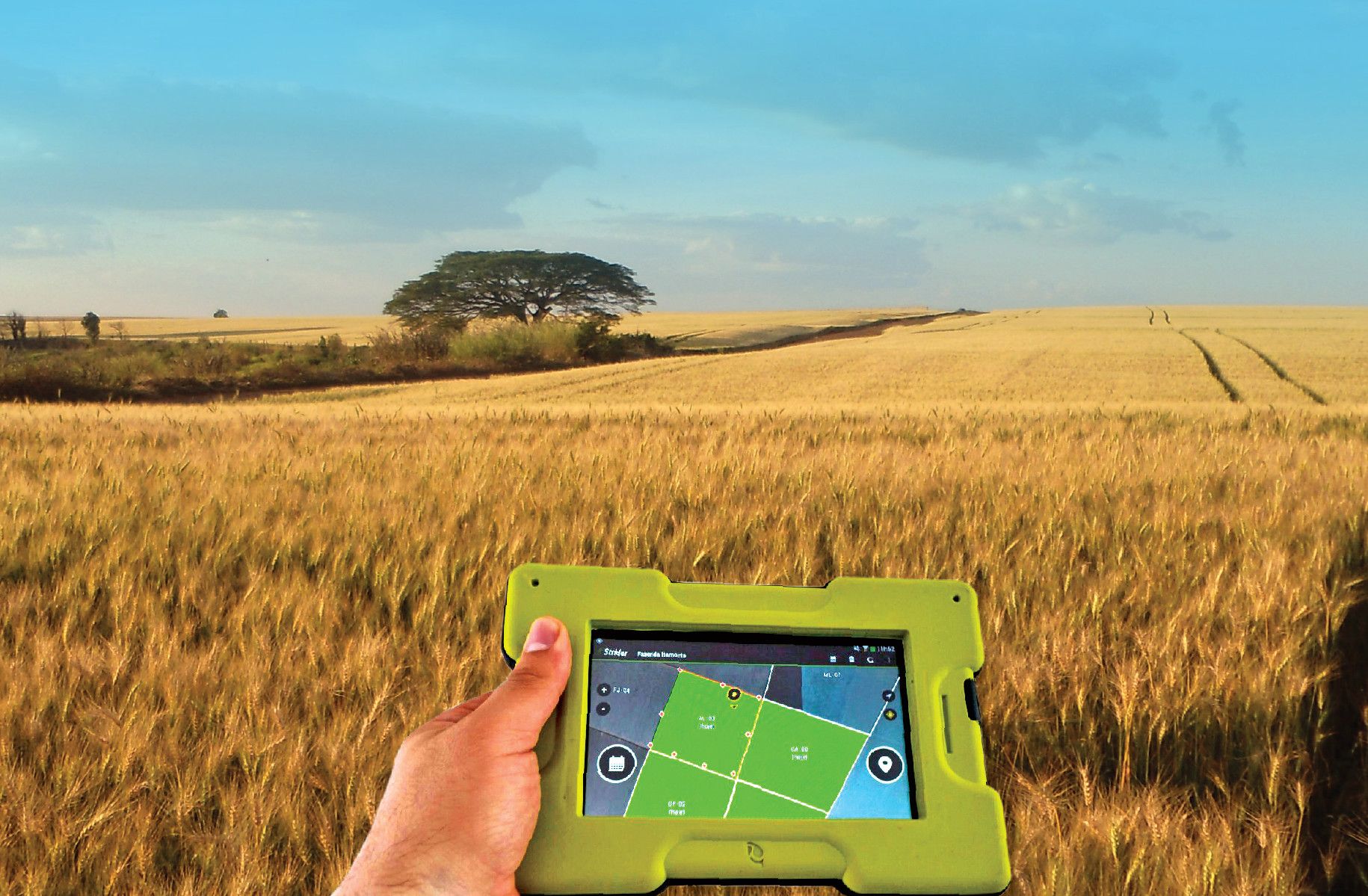It is quite common to hear US agtech startups talk about their operations or expansions plans in Brazil, as they look to expand their offerings into one of the world’s largest agriculture markets. But rarely do you see it the other way.
Strider, a decision support technology offering farmers a relatively simple data aggregation and pest management tool, is an exception after it brought on its first US clients at the end of the year. The company is also one of Brazil’s most advanced agtech startups.
Here Ed Siatti, VP of sales, tells AgFunderNews a bit more about the technology and the agtech startup scene in Brazil.
What is Strider and why did you launch it?
Strider is a big data platform aimed at improving farm management and optimizing decisions around pest management, adding value to the information collected by scouts and evaluated by crop consultants. It’s essentially a technology to help farmers monitor pest populations and weed activity in their fields through data collection. Strider has eliminated the paperwork, and everything is recorded through a tablet. When farmers return to their base, they can upload all this data onto their database, and access heat maps online to tell them what action needs to be taken and where they’re losing money.
We decided to launch this product because we are engaged in a mission to make agriculture more efficient, profitable and more sustainable.
My grandfather was a coffee grower in the south of Brazil, and I grew up watching his ups and downs in agriculture. When he passed away, I made a promise to myself: someday, somehow, I am going to help farmers all over the world to be more efficient and profitable. I want to help them to succeed. I have worked in the industry for many years including roles at Bayer CropScience, DuPont, Syngenta, and Monsanto.

Our first customer subscribed to the platform in 2014, and now the service is used by 132 users in Brazil and the US.
What is the agtech startup scene like in Brazil?
There is a new breed of startups which started to emerge in 2014 and in many ways we like to think we led this new revolution.
There are some incumbent technology companies with 10+ years experience. They are mostly providing adapted enterprise resource planning tools, but with outdated technology that’s is being updated at a very slow pace, which doesn’t match the pace of startups.
Do you have any competitors offering a similar service in Brazil?
Yes, we have quite a few, but none offer farmers crop scouting programs that are as practical or sophisticated as we believe Strider is.
You raised $2m in seed funding in 2014; who was that from and what was the fundraising process like?
At that time, we had the full product running with some very initial traction from a few users.
Our seed investor was Barn Investments, a sector agnostic private equity and venture capital firm in Brazil. They already knew the agtech space as they’d had some experience in agriculture in previous private equity transactions. They also had some inside knowledge on the industry from some existing clients, and that’s where they heard about Strider, as we were an upcoming player in the field at that time.
How many acres in Strider currently used on and how did you market and sell the technology?
Currently, around 1.9 million acres of farmland in Brazil are using Strider technology. Our two main distribution channels are through direct sales as well as consultative selling through partnerships & alliances. We have a smaller percentage that is marketed through distributors.
Why do you want to sell your technology in America?
Adopting new ideas and technologies seems to be easier for American farmers. Sometimes Brazilian farmers succumb to peer pressure, and I don’t see that in most American farmers, who don’t always do things just because the earlier generation did them. The pace of technology adoption is much faster in North America when compared to other countries. In addition, America has the biggest farming operation on the planet.
What is the main challenge for selling the technology in America?
The main challenge is to address the right technology that’s needed to be successful in delivering farmers solutions to their problems. We want to distance ourselves from that of fancy, overhyped solutions with no real immediate use for the farmers. We need to work really hard to understand what problems and issues are keeping farmers awake at night. We need to overcome skepticism and get the right tools and technologies to farmers at affordable prices. They also need to be easy to use and understand, and to really add value to farming operations at the end of the day. It’s really important to know what farmers are discussing at cooperatives, associations, elevators, cotton gins and coffee shops. We have to keep up the pace of technological development.
What types of farmers are you targeting and how will you compete with the many other similar technologies on offer for farmers in America?
We are targeting all farmers willing to use technology and become more efficient, profitable and sustainable. American farmers are most likely to respond to customer service in the field. That’s another way that Strider can do it better than companies that have tried to come before. American farmers help each other. And, we wouldn’t have to directly teach everyone about our technology.
Have news or tips? Email [email protected]




